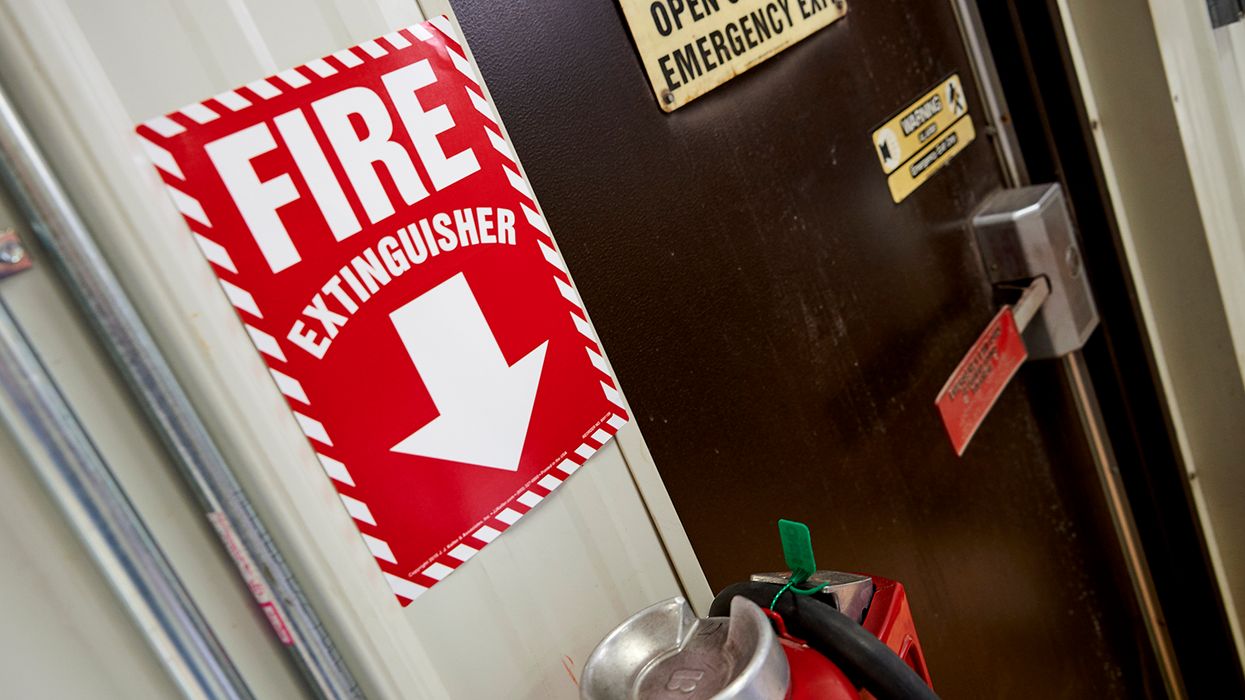Title V operating permits: Comply, certify, repeat
A Title V operating permit is a legally enforceable document with the federal and state air emissions regulations that a facility must meet to operate. One requirement that applies to all Title V permit holders is the annual compliance certification. It answers whether a facility fulfills the permit’s terms and conditions (such as emissions limits, monitoring, recordkeeping, and reporting).
Whether the Environmental Protection Agency (EPA) or a state or local regulatory agency issues the Title V permit, your facility must complete the annual compliance certification.
Discover what your facility needs to comply, certify, and repeat.
What’s required?
Facilities submit annual compliance certifications to the Title V permitting authority, which is usually a state or local regulatory agency (40 CFR 70.6). An EPA Regional Office serves as the permitting authority (71.6) for federally issued permits.
Title V tip: Check the state or local regulations for Title V compliance certification rules. They may require more frequent submissions and additional information.
At a minimum, the annual compliance certification covers two major areas for every permit term or condition:
- The compliance methods, and
- The compliance status.
Let’s take a closer look at each element.
Compliance methods
Your facility’s compliance methods are the ways it tracks whether it’s meeting the Title V permit requirements or not. When a term or condition isn’t met (like exceeding an emission limit), it’s known as a deviation.
Compliance methods consist of monitoring, recordkeeping, and reporting:
- Monitoring includes the procedures, test methods, and equipment used to track compliance data.
- Recordkeeping covers:
- The date, place, and time of monitoring;
- The date when monitoring results were analyzed, the entity that conducted the analysis, the analytical methods used, and the results; and
- The operating conditions during monitoring.
- Reporting consists of semiannual monitoring reports and deviation reports (which list the deviation, the applicable permit requirement, the probable cause, and any corrective or preventive actions).
Compliance status
Three questions determine the compliance status of each permit requirement during the covered period:
- Did the facility comply with the requirement?
- Was compliance continuous or intermittent?
- Were any deviations a “possible exception to compliance"?
Intermittent vs. continuous compliance
For each permit term or condition, your facility has intermittent compliance if it doesn’t meet the requirements at any time during the covered period. Your facility achieves continuous compliance only if it:
- Performs the necessary compliance methods,
- Has no unexcused deviations, and
- Records no contrary evidence.
Possible exception to compliance
EPA defines a possible exception to compliance as “any periods during which compliance is required and in which an excursion or exceedance … occurred” (70.6(c)(5)(iii)(C)).
Simply put, a possible exception to compliance is a deviation that occurs when compliance is mandated. If compliance isn’t required or another permit requirement excuses it, the deviation isn’t a possible exception.
How do I submit a compliance certification?
Your facility’s Title V permit provides instructions for how to submit the annual compliance certification, including the required forms and methods (via mail or electronic submission). You can also confirm requirements with your permitting authority. Generally, federally permitted facilities use the Annual Compliance Certification (EPA Form 5900-04).
Title V tip: Electronic submissions may be an option through the Compliance and Emissions Data Reporting Interface (CEDRI) on EPA’s Central Data Exchange. Check with your permitting authority to determine whether you may submit the annual compliance certification electronically via CEDRI.
Annual compliance certification is vital to maintaining your Title V permit. Keep in mind: comply, certify, and repeat.
Key to remember: Facilities with a Title V operating permit must certify compliance with the requirements at least annually.
















































